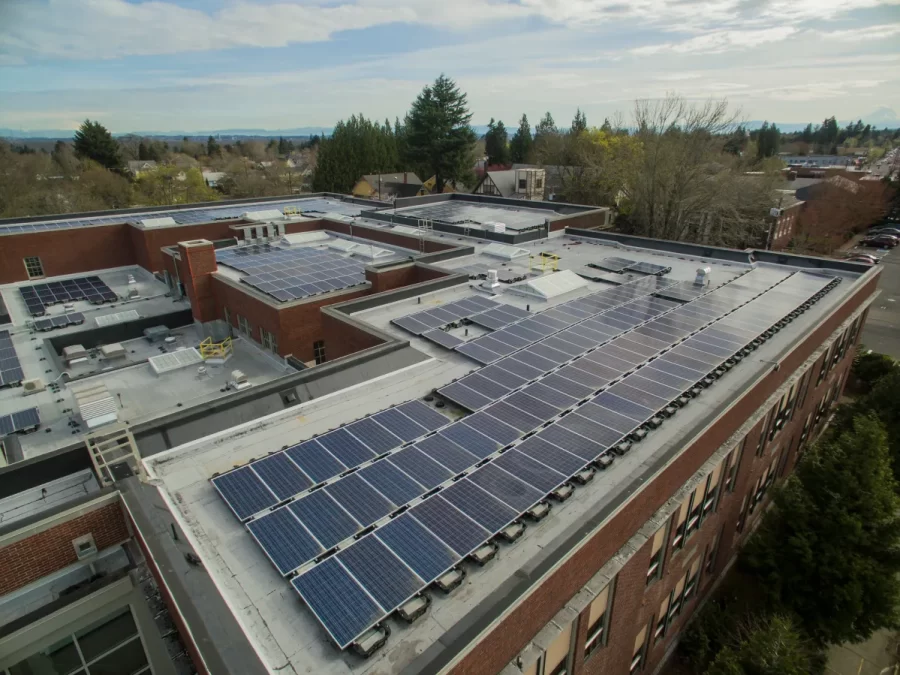The Sahara Desert, located in Northern Africa, is the largest non-polar desert in the world, stretching about 3.6 million square miles. Around 50 to 100 million years ago, the Sahara was primarily underwater. Many rivers and waterways snaked through the land, such as the Trans-Saharan seaway, which started from the Mediterranean Sea and flowed into the Atlantic Ocean. As time passed, the desert environment became full of green vegetation. However, the vegetation began transforming into a sun-baked, dehydrated landscape due to less frequent rainfall. Today, the Sahara desert is still in the same state of dryness it was 5,000 years ago.
On September 7th, 2024, a low-pressure system pushed across southeast Morocco, creating a deluge of rain that flooded the Sahara Desert. The downpour lasted until the next day, September 8th. Over the two-day period, eight inches of rain fell, which is more than the Sahara Desert experiences every year. Most rain fell on remote areas, creating new watery landscapes, like the filled-up Lake Sebkha el Melah in Morocco’s Iriqui National Park. There was also deadly flooding in towns and villages, killing more than a dozen people in addition to significant damage to roads, electricity, and clean water supply.
Researchers have stressed that the Sahara Desert flooding directly correlates with climate change. Because of rising temperatures and increasing emissions from fossil fuels being spread throughout the atmosphere, the water cycle has been accelerated, creating unusual rain patterns such as periods when the Sahara Desert has too little or too much water. This acceleration has also led to vast segments of the desert beginning to turn green with vegetation because storms are moving more northward over the Sahara. These storms are also becoming increasingly severe.
The effects of the flood have been devastating for wildlife and people within the region of the Sahara Desert. The flooding destroyed the crucial landscape of the desert, disrupting the migration patterns of animals. Many people are still recovering from the flash flood, and many worry about the continuation of flooding in the Sahara. Many researchers believe tracking floods in the Sahara is essential to grasping the region’s dynamics. Understanding the weather patterns and shifting environment will make preventing major natural disasters easier. Researchers also have advocated for policymakers to be aware of more frequent floods and create solutions for long-term flooding events within the Sahara Desert.





























